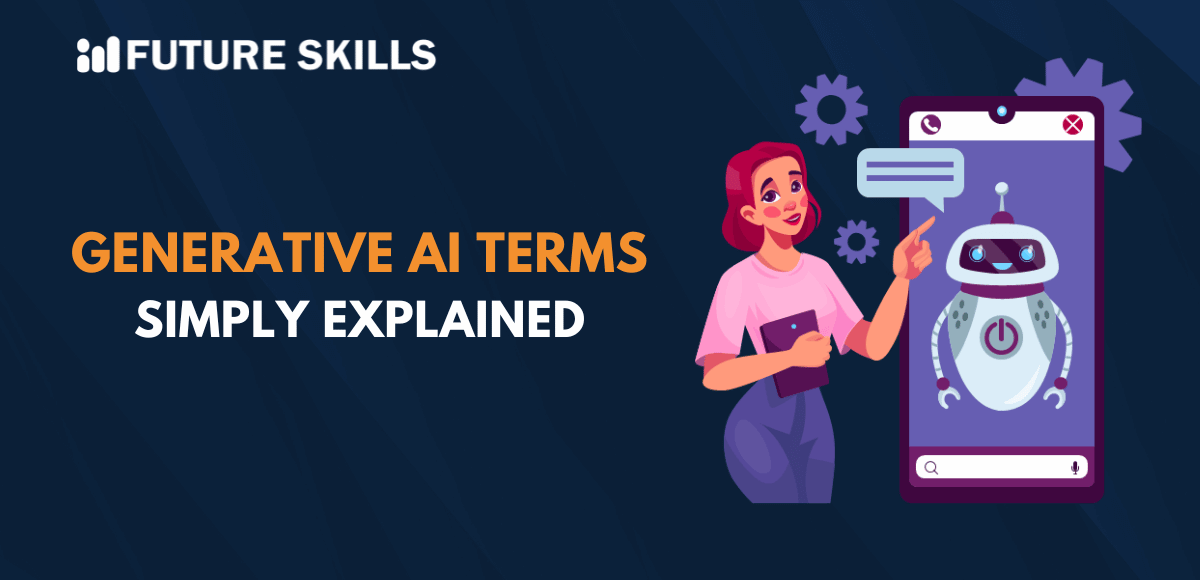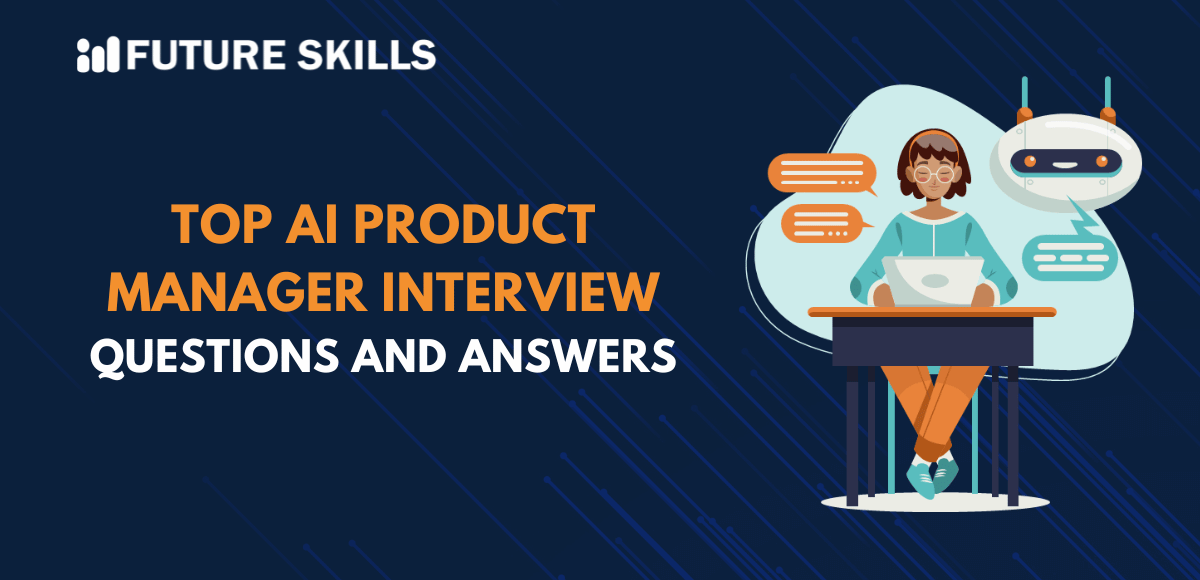In the realm of Machine Learning (ML), model validation plays an indispensable role. Model validation fundamentally involves a series of activities and processes that help to check the performance of Machine Learning models. The machine learning model validation process takes place after model training. During the validation process, the purpose is to evaluate the trained model and see whether it is able to perform as it should perform or not.
By deploying ML model validation techniques, you can confirm whether a model is able to achieve the desired purpose. In the absence of a proper validation process, one cannot determine the efficiency of an ML model. It can serve as a major bottleneck that can diminish the overall effectiveness of the model. Let us explore the concept of Model Validation and understand its importance.
Enroll in our AI Certification Course that ensures enhancing your AI skills which can be used effectively in the real world.
What is Model Validation?
In Machine Learning model validation is the process which is responsible for evaluating the performance of an ML model. The model validation importance is immense since it can help in identifying issues that may diminish the performance of the model. As the name indicates the purpose of the process is to validate an ML model to showcase that it can perform as expected.
As the machine learning landscape is undergoing dynamic change, the ML models that are emerging are becoming more sophisticated. As a result, it becomes essential to check their accuracy as well as their performance. With the help of appropriate ML model validation techniques, it is possible to check their performance. Therefore, you can make sure whether the ML model is capable of generalizing well to new data and functioning in the real-world setting or not.
Techniques of Model Validation
Now that you have an answer to the question – What is model validation for machine learning models? It is time to focus on different techniques of model validation. There exists a diverse range of ML model validation techniques that you can use for evaluating a model. Before choosing the appropriate model valuation technique you need to familiarize yourself with their features, and attributes. Some of the chief machine learning model validation techniques are Train-test split, K-Fold Cross validation, Leave-One-Out Cross validation, and Time Series Cross validation.
-
Train-test split
Train-test split is one of the most common machine learning model validation techniques. By adopting the technique, it is possible to stimulate how a machine learning model behaves when testing is done using untested or new data. In this validation method, the data is fragmented into two different sets including testing and training. Although it may seem like a straightforward technique it may lead to unsteady estimations.
-
K-Fold Cross validation
In the K-Fold Cross validation process, the sample data is categorized into ‘k’ parts or folds. It shares similarity with the Train-test split technique since it involves the partitioning of the dataset. For training purposes k-1 of the part is used whereas for testing purposes 1 is used. Hence, in this technique, the machine learning model has to train on k-1 folds and validate on the remaining one. One of the main highlights of the machine learning model validation technique is that it ensures in-depth learning throughout the dataset.
-
Leave-One-Out Cross validation
Leave-One-Out Cross validation is commonly known as LOOCV. It is basically a variation of the K-Fold Cross validation technique. It is undoubtedly a popular technique that involves the partition of the entire dataset into folds. In this technique, every data point serves as its test set.
Moreover, the training of the machine learning model is carried out on the remaining data. This learning model validation technique is immensely popular because it can generate highly accurate performance estimates. However, a downside of the technique is that it can be really expensive while working on large datasets.
-
Time Series Cross validation
The Time Series Cross validation technique is suitable only for time series data. It makes use of overlapping windows to carry out the model validation process. The ML model training is done on one window whereas the evaluation is conducted on another window. The process moves in a sequential manner through the dataset. It serves as an instrumental technique that can help make correct assessments of an ML model’s capability to make predictions of future occurrences.
Key Elements for Validating a Model
In order to deploy model validation techniques, you need to know about the chief areas of validation. For validating a machine learning model precisely, the main areas that you need to prioritize are input, calculation as well as output.
-
Input
The input involves assumptions as well as data that you need to use in model calculations. You must note that you must be able to reconcile the data to its original source. Furthermore, the data has to be measured against the set industry standards. In case the data has originated from another ML model, you also need to validate the output of the parent ML mode.
-
Calculation
In model validation, it is imperative to examine the logic of the model. It will help you make sure that the calculations and computations are reasonable. There are two ways of testing ‘calculation’ element of an ML model, and they are dynamic validation and sensitivity testing. In dynamic validation you have to alter the attributes when the model is running to see how it responds. Sensitivity testing involves the quantification of how the model output’s uncertainty corresponds to its input data.
-
Output
Output is another key component that you must consider for validating a machine learning model using the model valuation technique. The output of an ML model basically involves the results of the calculations. However, that’s not all! It also includes the format as well as the presentation of the data. It is essential to bear in mind that the output must be clear so that users will not be misled by it.
Discover the most important steps and significance of deploying Machine Learning models in production.
Importance of Model Validation in Machine Learning
You already know the answer to – What is model validation for machine learning models? It is time to know about its importance in the context of machine learning. In the ML model development process, the role of model validation is of utmost importance. In fact, it is not possible to imagine the model development process in the absence of model valuation. By validating a machine learning model, you can undoubtedly check its accuracy.
The model validation process creates an opportunity for ML developers and engineers to enhance data quality and data quantity. The trustworthiness of a Machine Learning model is high if it has been validated with the help of appropriate model validation techniques. By validating ML models, you can ensure that the model is able to make current predictions and it is of relevance in the real-life setting. The model validation importance is immense for the following reasons:
- It can help minimize the cost relating to ML gaps. Performance-related gaps can be identified, and appropriate actions can be taken in a timely manner.
- Robust model validation can facilitate scalability as well as flexibility of machine learning models.
- The deployment of appropriate ML model validation techniques can improve the quality of ML models.
- An in-depth model validation process can help in locating errors and thereby boost the accuracy of the model.
- With the help of model validation, it is possible to prevent issues relating to underfitting and overfitting.
Strategic Role of Model Validation
The role of model validation is of high strategic importance in the machine learning landscape. Its significance is evident from the fact that a broad range of model valuation techniques have emerged in recent years that can be used by ML engineers and developers. It is essential to have a basic knowledge of model validation so that you can effectively use it to develop solid ML models.
In the absence of a proper model validation approach, the value of machine learning models may get lower. For professionals working in the machine learning domain, it is necessary to utilize model validation techniques to check for stability and accuracy of ML models. Model validation can certainly increase the effectiveness of ML models in real-life settings.
Our Certified ChatGPT Professional certification program has been designed to help you utilize ChatGPT to its full potential and help you become a professional. Enroll now!
Final Thoughts
While developing machine learning models it is key to prioritize the model validation process. The absence of proper ml model validation may lead to catastrophic consequences. By leveraging robust model validation techniques there is an opportunity to identify flaws or gaps in models in a timely way.
Hence you can take corrective actions to look for the remedy to problems. Since the relevance of ML models is expanding in diverse industries and sectors, the importance of model validation is surging like never before. You can further learn about model validation techniques and how they can be applied in the practical setting.







